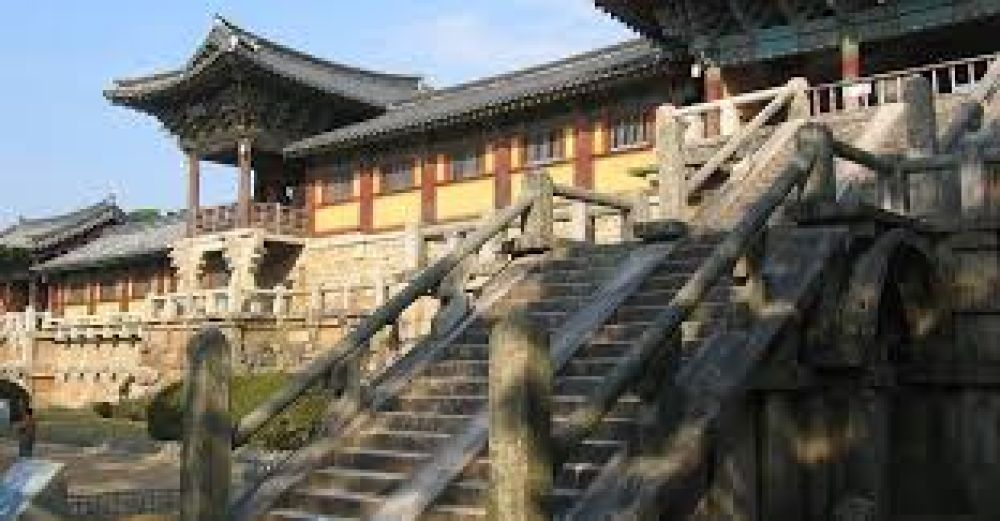

Bulguksa Temple, located in the historic city of Gyeongju, is one of South Korea's most cherished cultural treasures and a major tourist destination. The temple was originally founded in 528 during the Silla Dynasty but was reconstructed in 774 by the Silla royal court. The current structures largely date back to the 1970s when the temple underwent extensive restoration.
Recognized as a UNESCO World Heritage Site in 1995, Bulguksa has become an international symbol of the religious art of the Silla period and is a testament to the skill of its builders as well as the depth of Buddhist tradition in South Korea. Despite centuries of invasions and occupations, the temple has remained an active site of worship and pilgrimage, creating a unique blend of history and spirituality that attracts visitors.
The significance of the Bulguksa Temple extends beyond its religious importance; it serves as a window into the ancient Silla culture. The temple is home to a number of national treasures including the Dabotap and Seokgatap pagodas, and the famous stone bridges of Cheongungyo and Baegungyo. These cultural artifacts are pivotal in understanding Korean Buddhist art and architecture, drawing scholars and cultural enthusiasts from around the world.
Tourists visiting Bulguksa Temple can expect to walk through an architectural timeline that whispers the wisdom of the past. The temple grounds offer a serene atmosphere ideal for meditation and contemplation. Educational programs and guided tours provide deeper insight into the site's historical significance, catering to the curiosity of history buffs and religious scholars alike. Furthermore, the temple's scenic surroundings in the foothills of Mt. Toham add to its allure, offering hiking trails that lead to yet another UNESCO World Heritage Site, the Seokguram Grotto.
The recent trend in tourism at Bulguksa Temple revolves around sustainable and respectful travel. Efforts have been made to preserve the integrity of the site while accommodating an increasing number of visitors. Virtual tours have also become popular as a result of the travel restrictions during the COVID-19 pandemic, allowing those unable to visit in person a digital glimpse into the temple's grandeur.
Additionally, experiential tourism has seen a rise, with more tourists seeking to engage with the local culture through hands-on activities such as temple stays, meditation sessions, and traditional tea ceremonies. These cultural experiences are crafted to offer deeper engagement with the spiritual and historical aspects of Bulguksa Temple, promoting a form of tourism that is both enriching and mindful.